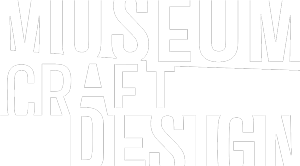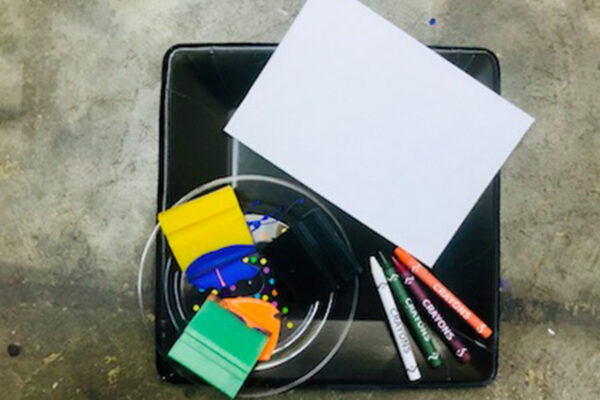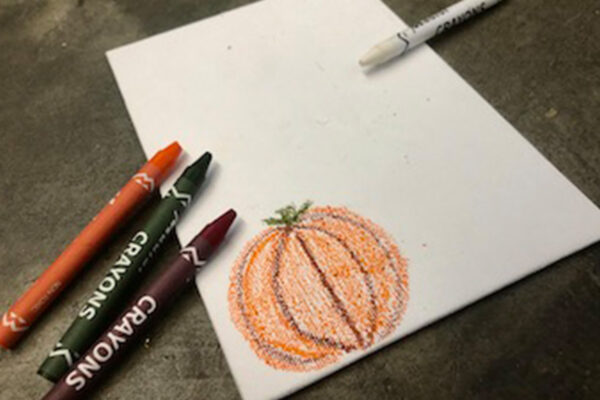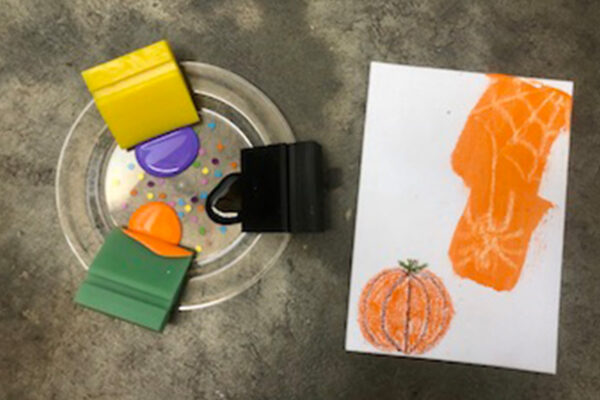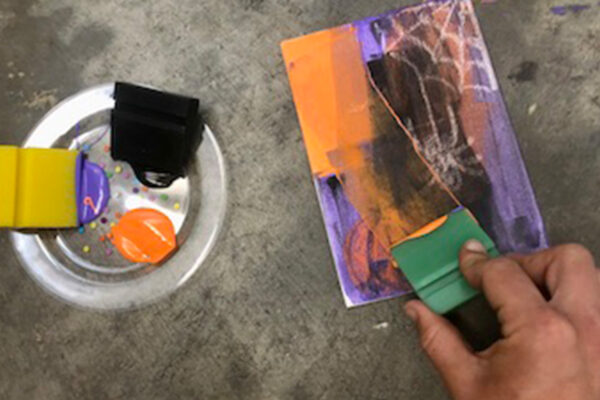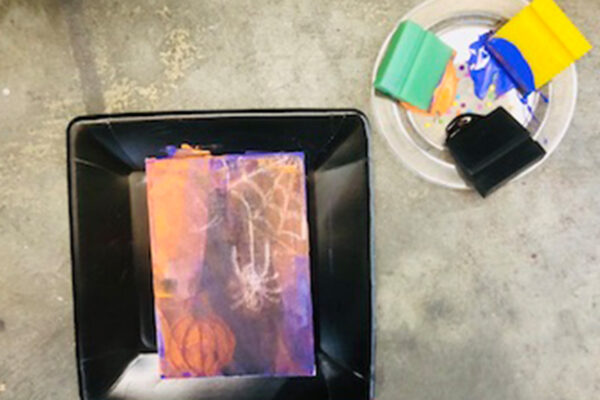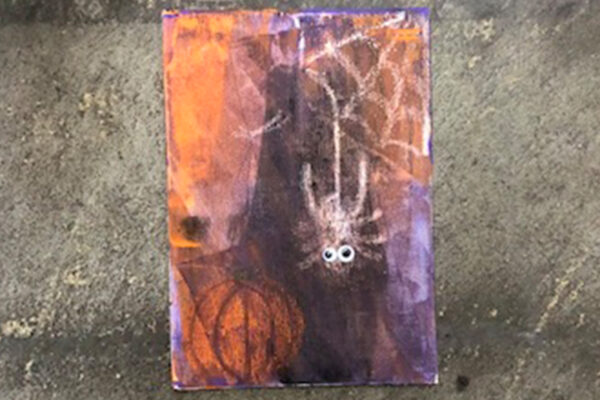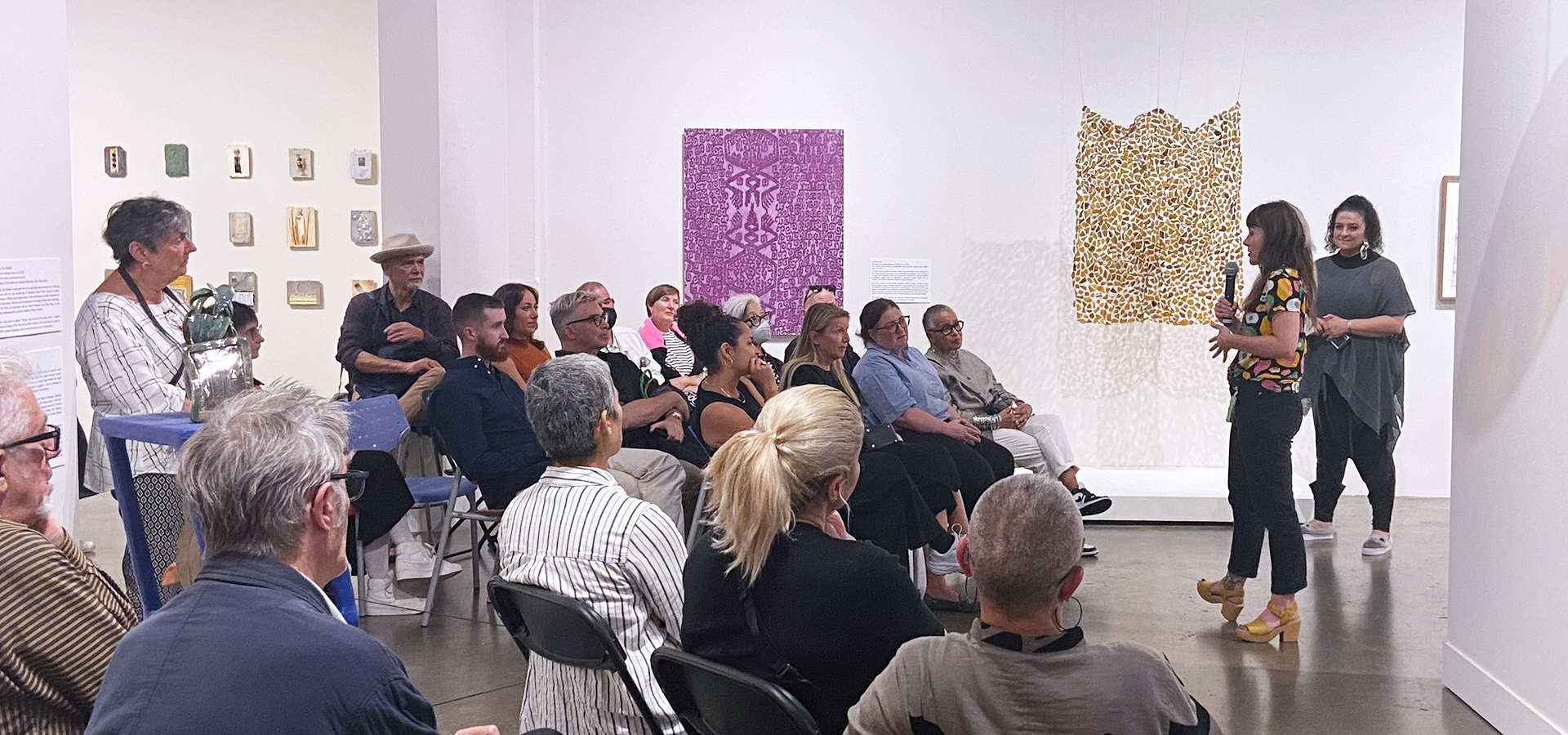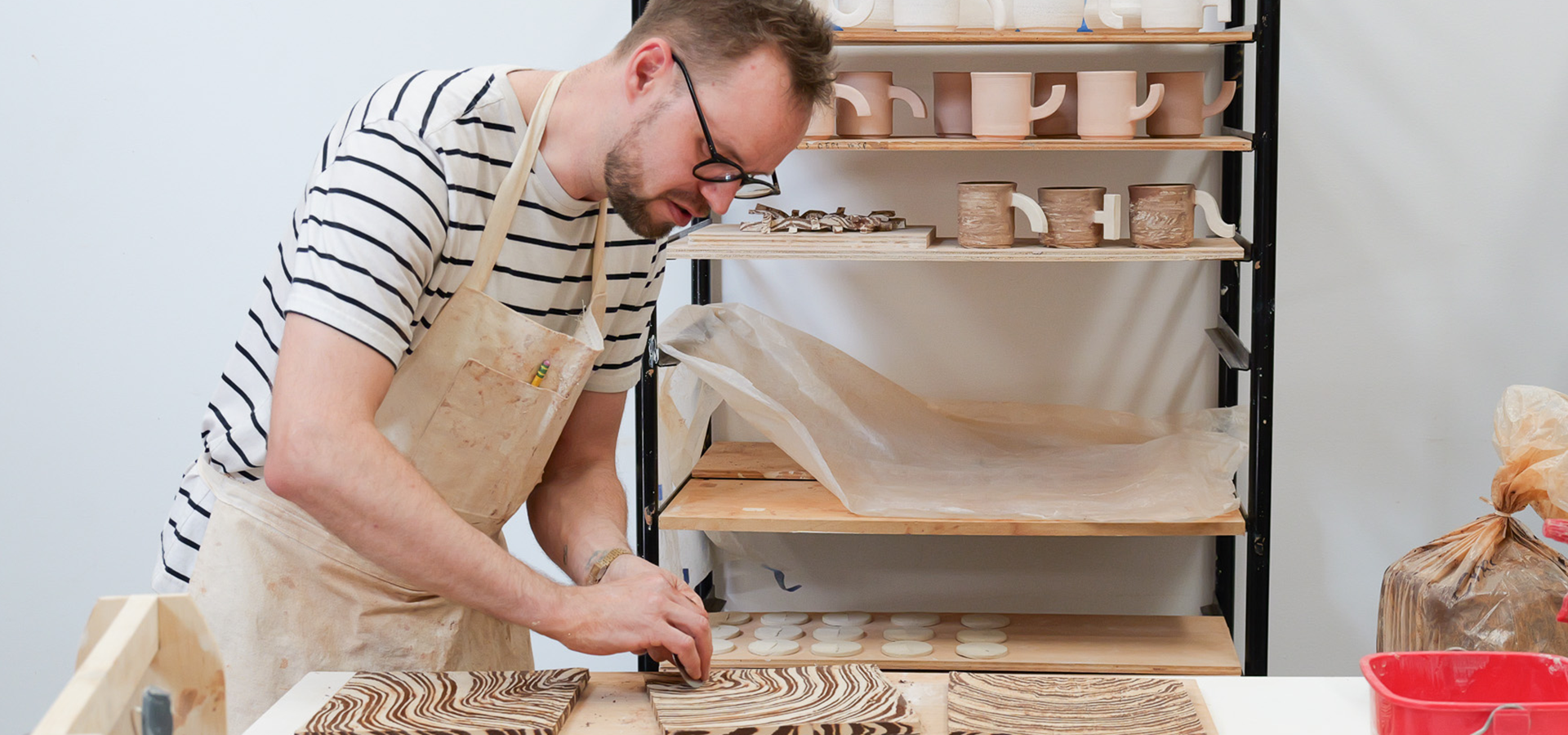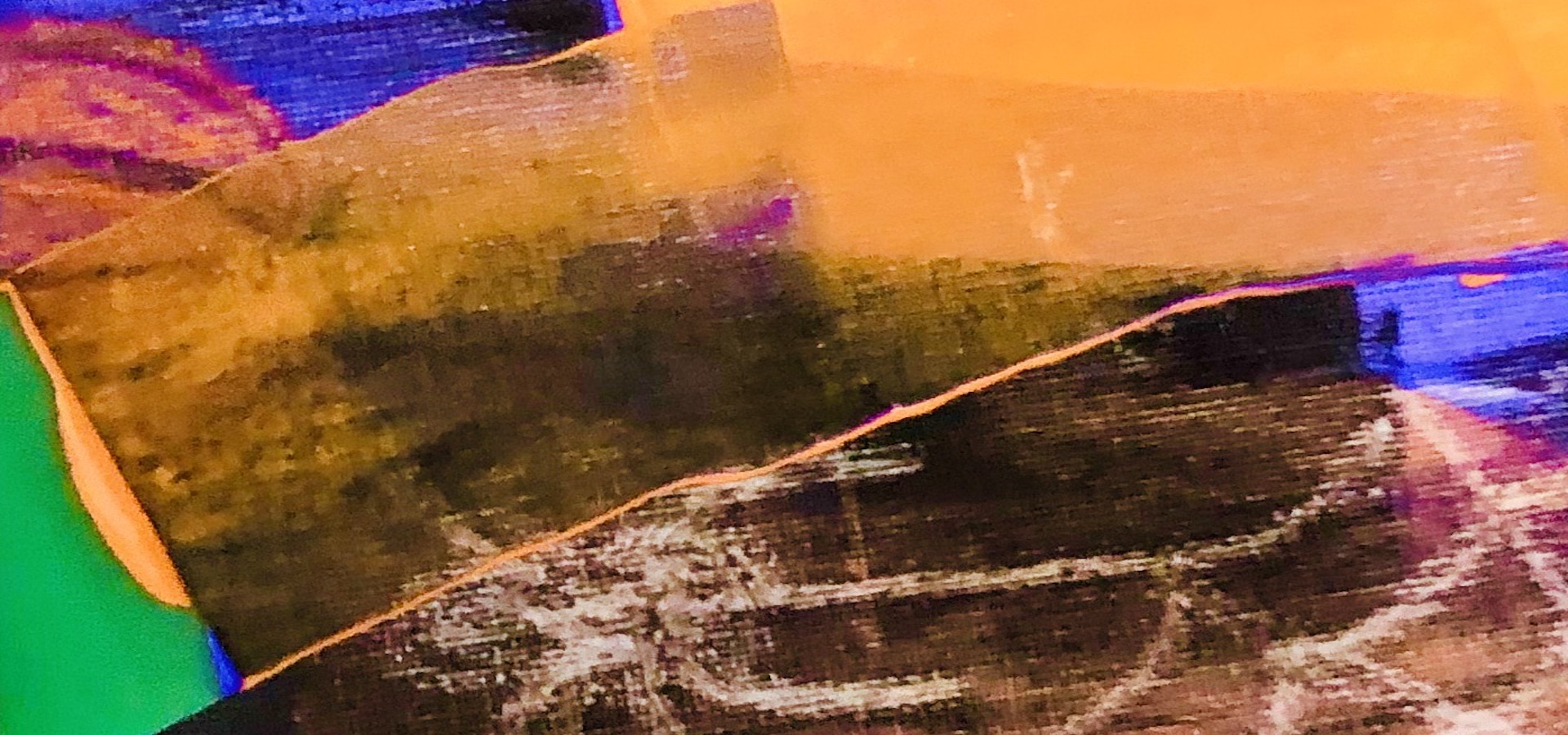
Spooky Squeegee Painting Portals
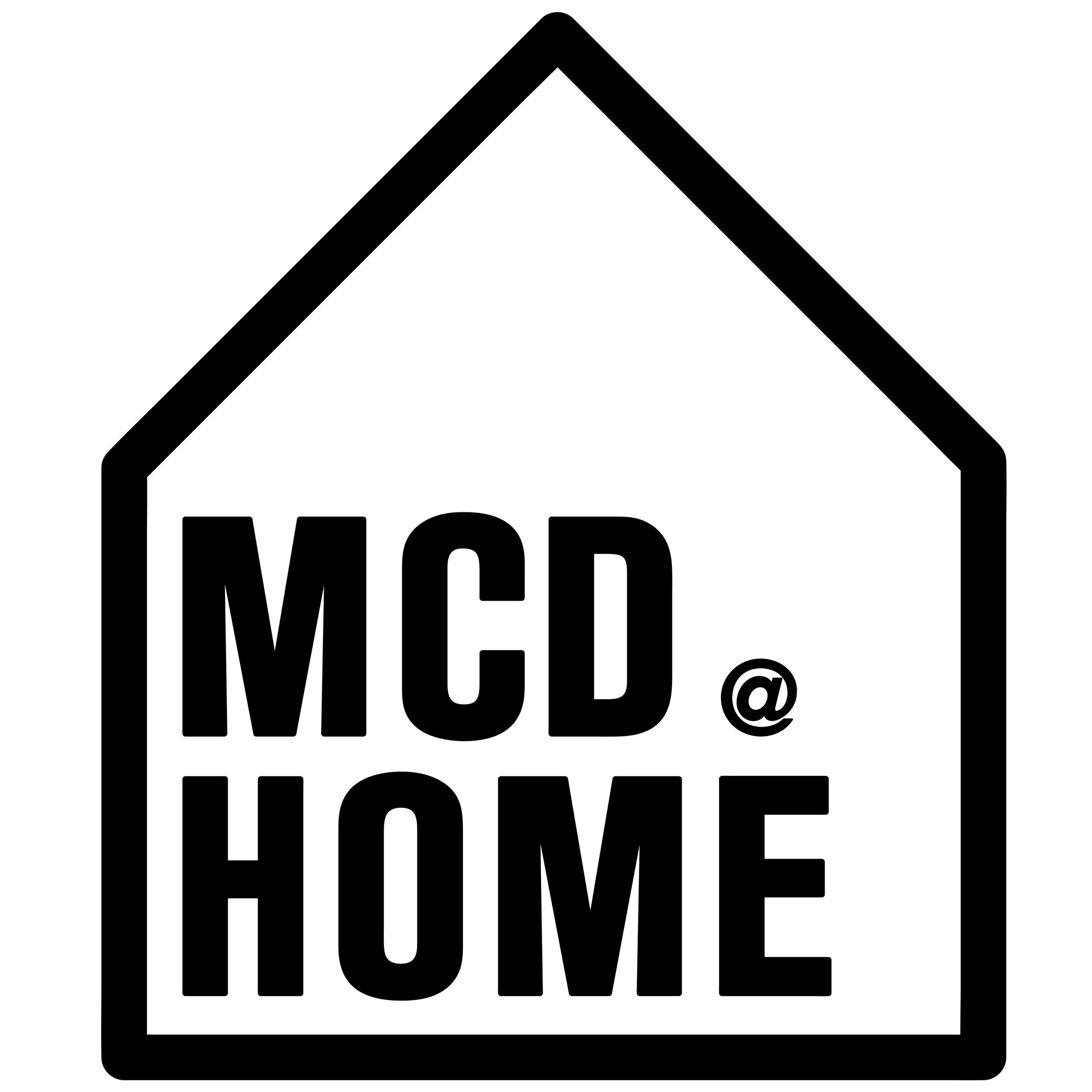

RECOMMENDED AGE LEVEL
Recommended for ages 5 and up with adult supervision.
PROJECT DESCRIPTION
“Experimentation is critical…with ‘mistakes’ sometimes being the best thing that can happen. This provides a spontaneity that is unique for me, freeing me to try things that previously would not have been possible with my sculpture.”
–Robyn Horn
Robyn Horn: Material Illusions features the wood sculptures and multi-layered paintings made by the prolific, versatile artist. Trained as a woodworker and not as a visual artist, Horn’s freedom from conventional studio practices results in a spontaneous, playful painting process. Material Illusions refers to her ability to manipulate surfaces and materials – making them appear to behave differently than expected. The exhibition’s title is thus itself a reference to Horn’s unorthodox and creative approach to making.
Horn’s additive painting process inverts the subtractive approach used in woodworking. Instead of carving off chunks of material, Horn builds up layers of paint before altering the surface area by carving into it, adding charcoal, and embedding ‘harvested’ rust.
Doors and passageways feature heavily in Horn’s paintings. Stark, asymmetrical lines draw the viewer’s eyes – metaphorically inviting them to walk through the painting and access what lies beyond the door. These portals call us to keep moving forward, referencing the unstoppable passage of time.
This project challenges participants to use one of Horn’s unconventional painting tools—a squeegee—to create richly layered paintings revealing the hidden portal designs in the canvas itself.
MATERIALS
Canvas or canvas board
Crayons
Acrylic paint
Squeegee or recycled cardboard
See “creative prompts for more” to turn cardboard into a squeegee.
INSTRUCTIONS
- Think about what you would find on the other side of the portal.
- We created a Halloween portal using spooky motifs and a Halloween-inspired color palette.
- Use crayons to draw images or write words to appear on the other side of the portal.
- TIP: Crayon markings create negative space by shielding the canvas from the acrylic paint. Use white crayon to create ‘invisible designs’ that will reveal themselves when covered with paint.
- Dip the rubber end of the squeegee into acrylic paint.
- Drag the squeegee across the canvas, scraping the paint into a thin layer.
- Repeat steps 3 and 4 with different colors until the canvas is covered.
- Wait for the paint to dry.
- Mount your work and kick off your own collection of portal paintings.
RELATED RESOURCES
Robyn Horn first considered herself a woodturner, then a wood sculptor, and – since starting painting in 2005 – an artist! Listen to the artist share her creative process and history in the American Craft Council’s video.
Do a deep dive into Horn’s work. Check out MCD’s online exhibition and Robyn Horn’s website to see the collection!
Robyn Horn was born in Fort Smith, Arkansas, and currently lives in Little Rock. Explore how Horn’s local community responds to her art through the Fort Smith Regional Art Museum’s Lecture LIVE! Program.
CREATIVE PROMPTS FOR MORE
- Use recycled cardboard to make squeegees of different sizes! Cut an empty, clean food box into various rectangles of different widths.
- Robyn Horn uses found objects and unconventional materials in her paintings and wood sculptures. What can you use to add another layer to your painting? We gave the portal’s spider googly eyes!
- Emboss the canvas before painting it! Use a stylus to make indentations on the canvas surface. How do these markings show through the layers of paint?
- Check out the inverse of Horn’s additive painting process! Create a subtractive soap sculpture inspired by the artist’s woodwork.

